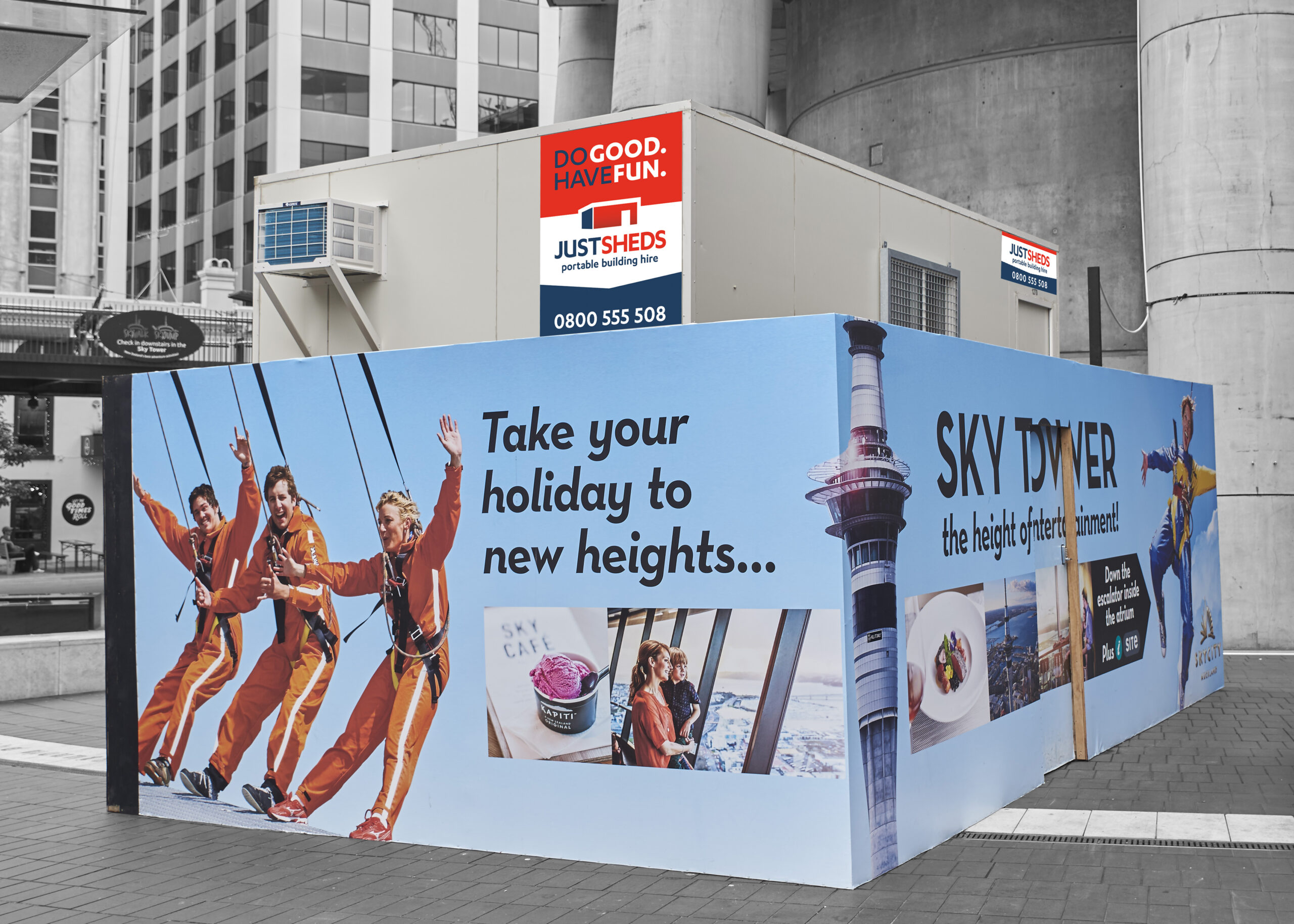Portable buildings are a versatile solution for temporary or semi-permanent structures across various sectors. They offer cost-effective, flexible, and easily transportable options for businesses, schools, and emergency services. In this article, we will explore different applications for portable buildings and their advantages. Let’s get started!
Construction Site Offices
One of the most common applications for portable buildings is construction site offices. These temporary spaces provide a comfortable and functional work environment for site managers, staff, and contractors. They can be easily installed and removed, allowing for flexibility as the project progresses. The benefits of using portable buildings for construction site offices include quick installation, cost-effectiveness, and adaptability.
Educational Facilities
Portable classrooms are a popular choice for schools facing overcrowding issues or those undergoing renovation. These structures can be installed quickly and easily, providing additional learning spaces with minimal disruption to the school environment. Portable classrooms offer benefits such as flexibility, cost-effectiveness, and the ability to repurpose or remove them once they are no longer needed.
Healthcare Facilities
Portable buildings can serve as temporary healthcare facilities, such as clinics or emergency treatment centres. They are particularly useful in remote areas where constructing permanent structures may be impractical or too costly. Additionally, portable healthcare facilities can be used during pandemics or other emergencies when extra treatment space is needed quickly.
Disaster Relief Shelters
In the aftermath of natural disasters like earthquakes or hurricanes, portable buildings play a crucial role in providing temporary shelter for displaced people. These structures can be rapidly deployed to disaster-stricken areas, offering a safe and comfortable living space for those affected. Portable buildings can also be used as command centres for relief operations, ensuring a coordinated response.
Retail and Commercial Spaces
Businesses can benefit from using portable buildings as temporary retail or commercial spaces. For instance, a pop-up shop can be set up in a shipping container, allowing business owners to test a new location or concept without investing in a permanent structure. Portable buildings also offer flexibility for businesses undergoing renovations, enabling them to continue operations during the construction process.
Event Facilities
Portable buildings are a popular choice for temporary event facilities, such as ticket booths, merchandise stands, or VIP lounges. They can be quickly assembled and dismantled, making them an ideal solution for concerts, festivals, and sporting events. Portable event facilities provide a flexible, cost-effective, and customisable option for event organisers.
Agricultural and Farming Applications
Portable buildings can be used for various agricultural and farming applications, such as storage facilities, workshops, or temporary worker accommodation. These structures offer an affordable and flexible solution for farmers needing additional space for their operations.
Military and Emergency Services
Portable buildings can be used by military and emergency services as temporary command centres, barracks, or medical facilities. Their easy transportation and assembly make them an ideal choice for operations in remote areas or during emergency situations.
Temporary Housing
In some cases, portable buildings can be utilised as temporary housing for workers or residents who are displaced due to construction projects, urban regeneration, or other circumstances. These structures provide a comfortable and affordable living space that can be easily removed or relocated as needed. This is an alternative to a transportable home, which is often heralded for being wonderful temporary housing solutions.
Portable buildings offer a versatile and adaptable solution for a wide range of applications across various sectors. From construction site offices to disaster relief shelters, they provide cost-effective, flexible, and easily transportable options that cater to diverse needs. When considering a portable building for your specific application, it is essential to assess factors such as size, cost, functionality, and customisation to ensure the structure meets your requirements.

